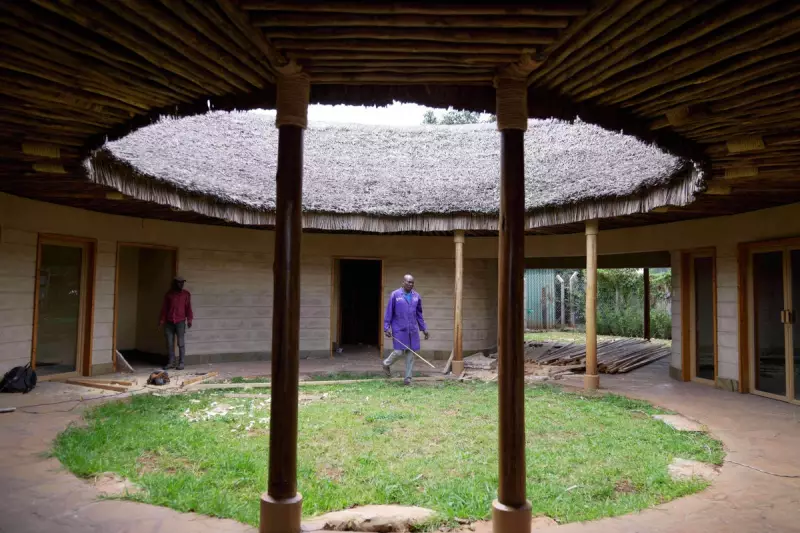
In a landmark move set to transform East Africa's urban landscape, Kenya has announced ambitious plans to construct an entirely new city near its capital, Nairobi. This revolutionary urban development project aims to tackle the chronic congestion plaguing the current capital while creating a modern hub for business, innovation, and sustainable living.
A Vision for Urban Transformation
The proposed city represents one of Africa's most significant infrastructure undertakings in recent years. Designed to accommodate future population growth and economic expansion, the development will feature state-of-the-art facilities, modern transportation networks, and sustainable urban planning principles that could set new standards for African cities.
Addressing Nairobi's Growing Pains
Nairobi, like many rapidly growing African metropolises, faces mounting challenges including traffic gridlock, housing shortages, and infrastructure strain. The new satellite city aims to provide a comprehensive solution by offering:
- Reduced congestion in central Nairobi
- Modern housing solutions for growing urban populations
- Enhanced business districts to attract international investment
- Sustainable infrastructure from the ground up
Economic Implications and Regional Impact
This monumental project positions Kenya as a leader in forward-thinking urban development across the continent. The construction phase alone is expected to generate thousands of jobs, while the completed city could become a magnet for international businesses looking to establish a foothold in East Africa.
Neighbouring countries are watching closely as Kenya's ambitious plan could inspire similar developments across the region, potentially reshaping urban living standards and economic opportunities throughout East Africa.
The Future of African Urbanisation
As African cities continue to experience some of the world's fastest growth rates, Kenya's pioneering approach to planned urban development offers a potential blueprint for managing expansion while maintaining quality of life. The success of this project could influence urban planning strategies across the continent for decades to come.





